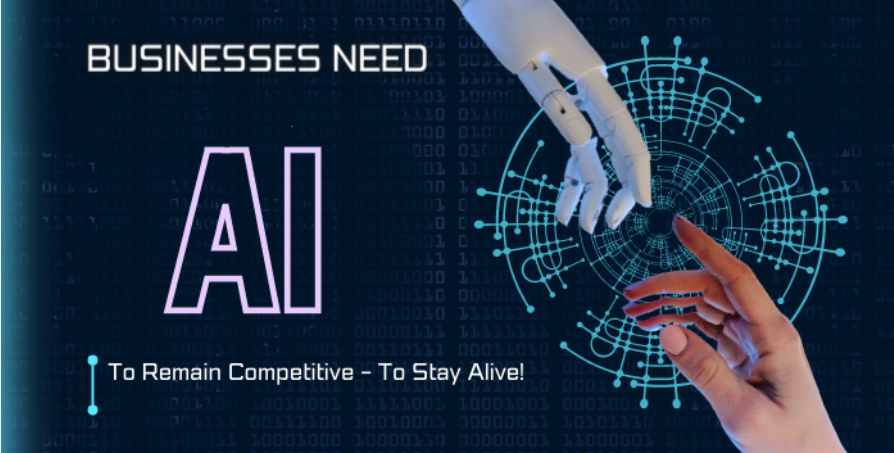In the course of the book, we will be using terms to refer to different things in the Salesforce platform. It is important to familiarize yourself with these terms to improve comprehension and avoid confusion. Revisit this part of the book if there is any confusion with any of the basic concepts.
We will start with some basic definitions of terms used in the Salesforce ecosystem and then move on to more complicated concepts.
- App: Short for application. This causes some confusion among those new to the platform. Salesforce is a CRM application. But when we use the term apps, it refers not to the core Salesforce application but to the internal applications available inside the Salesforce platform. An app is a collection of tabs, reports, dashboards, and pages specific to a business process. So inside Salesforce, you will find a Sales app for Sales users, a Service app for service people, marketing apps for marketing people, and so on. It helps to distinguish between different business processes.
- Object: Salesforce uses relational databases to store information in the form of tables. A table in Salesforce is called an object. An object stores data about one aspect of the business. For example, an account object stores data about the client account, like the name, address, type of client, and so on. Case object stores data about a service request like case type, name, and so on. An object is made up of fields that are similar to columns on a table. Each row of data in that table is called a record. So an object is made up of fields and records. Objects are of two types: Standard objects are those that come pre-populated in a Salesforce org and custom objects are those that are created by companies for specific use cases.
- Organization: Organization (the short version is org) is a deployment of Salesforce specific to a company (hence called an organization). It contains all the licenses your company has purchased, any purchased apps, data, and so on.
- Salesforce Lightning Platform: Refers to the platform as a service (PaaS) offering from Salesforce. But when the term Salesforce lightning is used, it usually refers to the latest version of Salesforce with the updated UI. The previous version of Salesforce was Salesforce Classic. It is recommended to use Salesforce Lightning for using Salesforce going forward.
- Tab: A tab provides easy access to an object inside a Salesforce app in Figure 1.7:
Figure 1.7: Sales App home page: Home, Opportunities, and Account are all tabs
- Salesforce Admin: Refers to the Salesforce administrator user who is in charge of maintaining the Salesforce org for a company. This is a super user who can do any changes in the org. Therefore, only a few users are kept as Salesforce admins, as they have the greatest privilege in the org. They help with new user creation, changing permissions, and giving access to users, among other tasks.
- Page Layout: Refers to the design of the Salesforce page that you see on the screen. Using the page layout tool, you can design the look of the page and change the sections on the page, the different fields, buttons, and links that will be visible on the page. You can also set up different page layouts for different groups of users so that the users see only those buttons, fields, and so on that are relevant to them. For each object, you have at least one or more page layouts that are customizable according to business needs.
- Salesforce Native Apps: Refers to those Salesforce apps that are developed on the Salesforce platform and hence available directly in Salesforce without the need for integration. Both Salesforce as well as Salesforce partners develop Salesforce native apps.

